Can Stellantis Sustain Its Position as the World's Fourth Largest Automaker Amid Strategic Shifts?
![]() 07/25 2025
07/25 2025
![]() 467
467
Lead
Stellantis has recently made headlines for two significant decisions: the global suspension of fuel cell vehicle technology research and development, and the official bankruptcy of its Chinese joint venture, Guangzhou-Fiat Chrysler. As the world's fourth largest automotive group, Stellantis' advantage over BYD is slim, and its ongoing strategic contraction, particularly in China, presents BYD with an opportunity to catch up.
Produced by | Heyan Yueche Studio
Written by | Zhang Dachuan
Edited by | He Zi
On July 16, Stellantis announced the suspension of its hydrogen fuel cell technology projects. This decision effectively halts the iteration and update of fuel cell-related models within the group, significantly impacting its operations. Consequently, several projects, including the new-generation hydrogen-powered commercial vehicle Pro One and the current hydrogen-powered medium and large vans expected to enter mass production in Hordain, France, and Gliwice, Poland this summer, have been shelved.
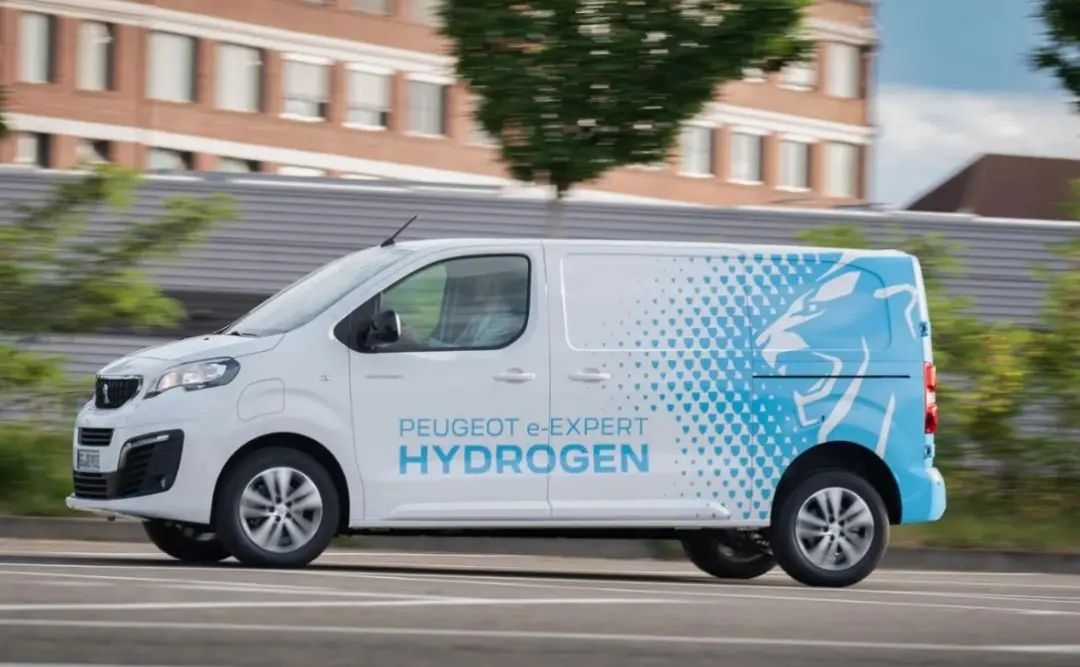
△ Multiple fuel cell vehicle projects under Stellantis will be shelved
Fuel Cell Project Suspension
Stellantis' fuel cell project was conducted through Symbio, a joint venture with French tire manufacturer Michelin and Faurecia. Given Michelin and Faurecia's business attributes, Symbio faces challenges in undertaking fuel cell vehicle projects from other automotive groups without Stellantis' support. With Stellantis planning to cease investment in Symbio by 2026, the future of this joint venture is uncertain.

△ Symbio's future is uncertain as Stellantis withdraws support
Stellantis' decision is based on the assessment that the current lack of hydrogen refueling stations in Europe and globally, the low market penetration rate, and the high cost of fuel cell vehicles, which require significant government subsidies to achieve profitability, make it more advantageous to invest in other projects with better profit prospects. To ensure a smooth transition, Stellantis will redistribute fuel cell project employees to other departments without direct layoffs, but Symbio's next steps remain uncertain.
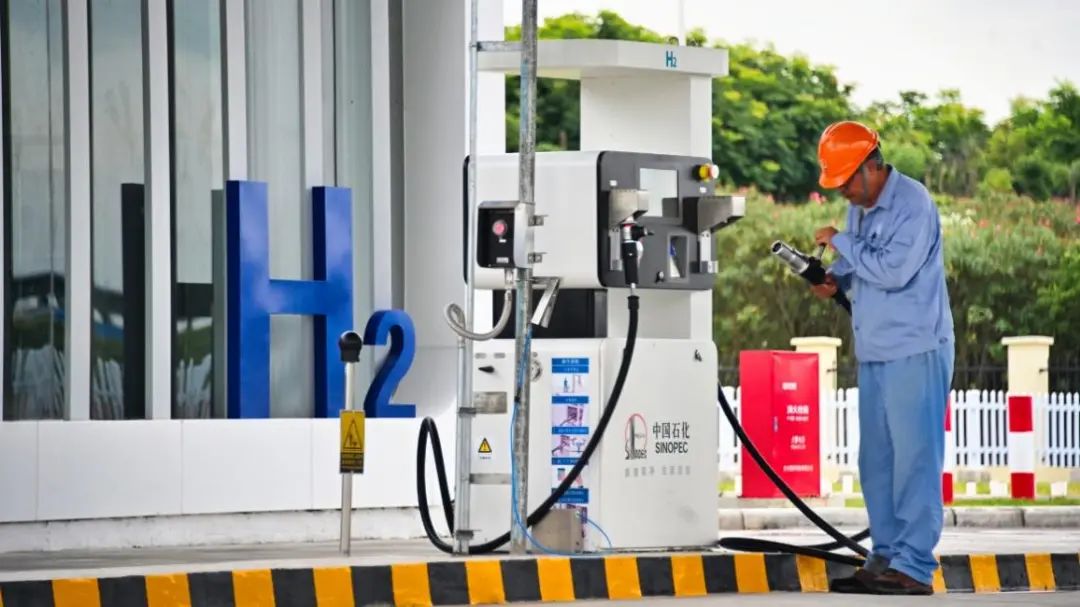
△ The lack of infrastructure such as hydrogen refueling stations is the main reason for Stellantis' suspension of fuel cell projects
For domestic automakers, Stellantis' decision to halt fuel cell projects is noteworthy. Globally, only a few automotive giants like Toyota, BMW, and Hyundai-Kia maintain significant investment in fuel cells. For domestic automakers, fuel cell vehicles are still far from profitability without clear government subsidies and viable business plans, making substantial investments risky.
Stellantis' Uncertain Future in China
In addition to suspending fuel cell technology development, Stellantis' expansion in China is also facing unprecedented challenges.
The Opel brand, which had planned to re-enter the domestic market through Dongfeng Peugeot Citroen Automobile Company, has made no significant progress, suggesting that Opel's sales in China are unlikely to materialize in the short term. Given the poor performance of foreign brands like Skoda, Chevrolet, and Kia in the domestic market, Opel's turnaround will be difficult.
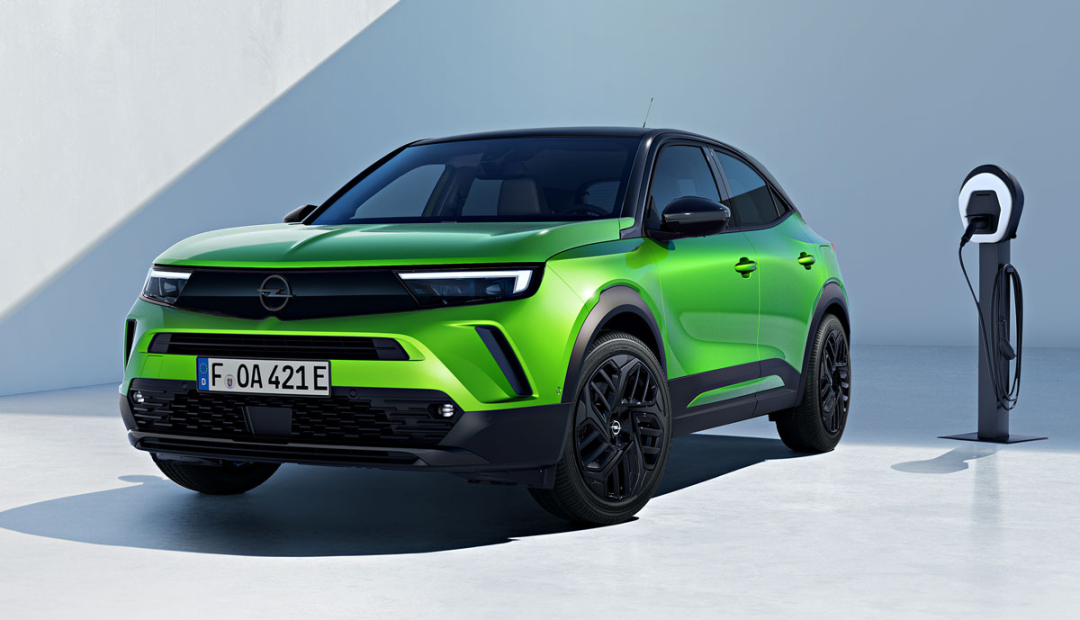
△ Opel's new models are unlikely to return to the Chinese auto market in the short term
More concerning for Chinese consumers is the recent official bankruptcy of Guangzhou-Fiat Chrysler, Stellantis' key joint venture in China. Primarily responsible for selling Jeep, Chrysler, Dodge, and Fiat brands in China, Guangzhou-Fiat Chrysler's bankruptcy means these brands will now only be sold as imports. Once a prominent player with sales of 222,300 vehicles in 2017, Guangzhou-Fiat Chrysler's sales plummeted to 1,861 vehicles in the first half of 2022, ultimately leading to its collapse due to intensified market competition and joint venture shareholder disputes.
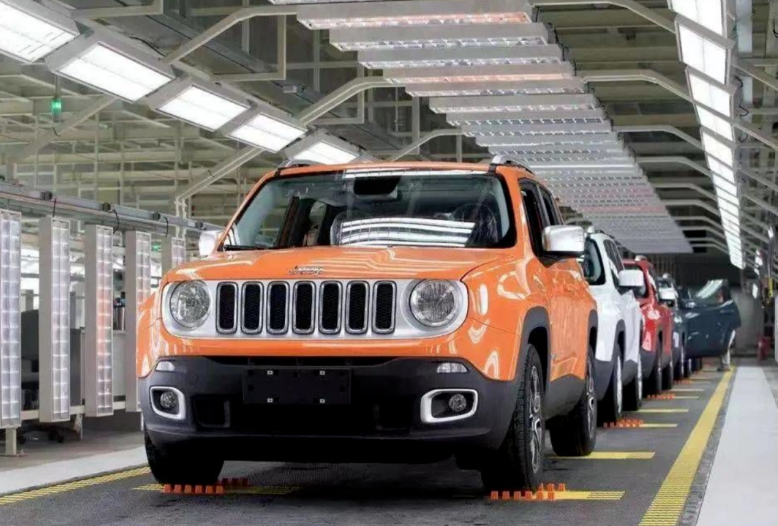
△ Guangzhou-Fiat Chrysler, once a prominent player, has fallen into bankruptcy
Dongfeng Peugeot Citroen Automobile Company, which operates Stellantis' remaining main brands in China, Peugeot and Citroen, is also struggling. Data shows that DPCA sold only 68,319 vehicles in 2024, a 15% decrease from 2023. Carlos Tavares, CEO of Stellantis, has revealed that due to multiple complex factors, Peugeot and Citroën manufacturers may implement an "asset-light strategy" in China, suggesting limited future investment in DPCA for R&D and overall system capabilities.
Will BYD Overtake Stellantis in Global Sales?
China is the world's largest auto market, and automotive giants like Toyota and Volkswagen prioritize its development. However, given Stellantis' current difficulties in expanding its Chinese market, it's only a matter of time before BYD surpasses it in global sales.
According to 2024 global automaker sales data, Stellantis ranked fourth with 5.42 million vehicles sold, behind Toyota (10.16 million), Volkswagen (9.03 million), and Hyundai-Kia (7.23 million). While Stellantis holds the fourth spot, BYD is close behind and eyeing the position. In 2025, BYD set a sales target of up to 5.5 million vehicles. If achieved and Stellantis' sales remain stagnant, BYD will overtake Stellantis to become one of the top four global automakers.
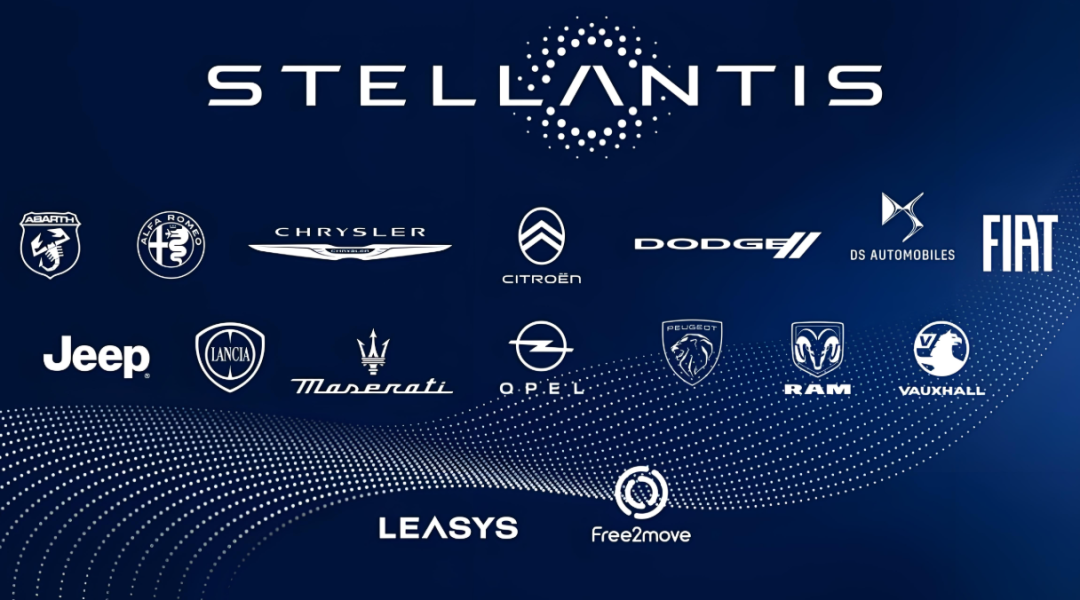
△ Despite many brands, Stellantis lacks a hit product
Stellantis has made limited significant moves in China in recent years, with its notable investment being the 1.5 billion euros in Leap Motor in October 2023, acquiring a 20% stake and two board seats. Based on this equity, Stellantis and Leap Motor established a 51:49 joint venture, Leap Motor International, with the right to export and sell to all markets except Greater China and the exclusive right to manufacture Leap Motor products locally. Considering Stellantis' brand positioning and progress in new energy vehicle projects, if it aims to secure a strong foothold in the domestic market, it will likely rely heavily on Leap Motor.
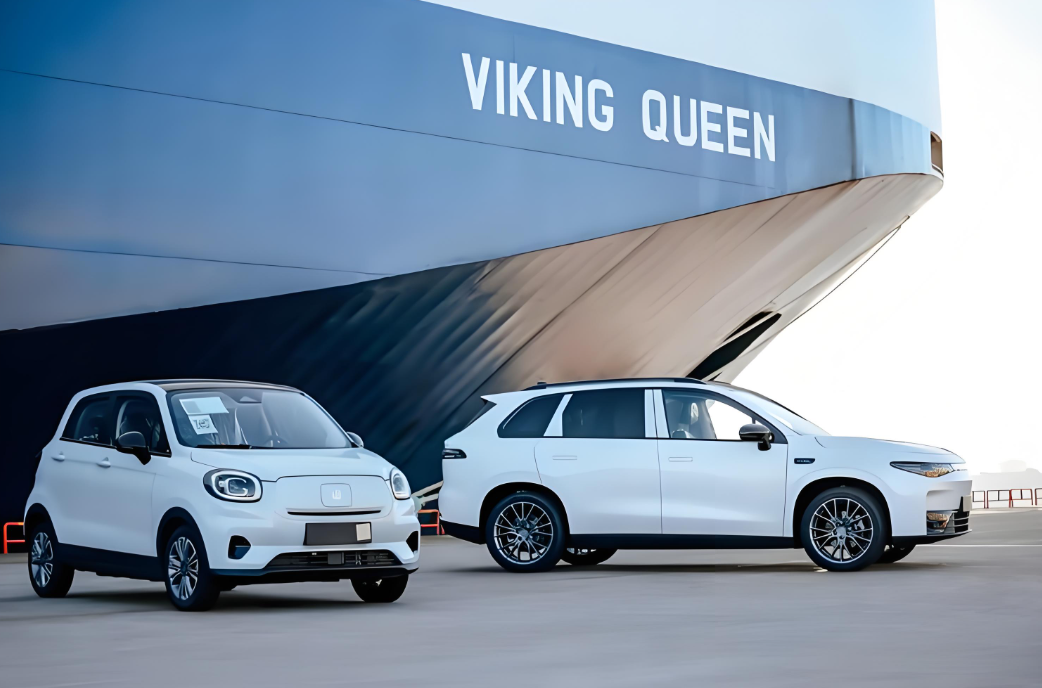
△ Leap Motor becomes a crucial strategic pivot for Stellantis in China
Commentary
As the world's fourth largest automaker group, Stellantis is clearly undergoing strategic contraction, reallocating resources from less profitable ventures like fuel cell projects and struggling joint ventures in China to areas with better profit prospects. Currently, Leap Motor serves as Stellantis' bottom card in China, but Leap Motor values Stellantis' global production bases and sales networks more. For Stellantis to use Leap Motor as a strategic pivot in the Chinese market, significant efforts are still needed. In this context, securing a strong position in the Chinese market will be crucial for Stellantis to maintain its ranking as the world's fourth largest automaker.
(This article is originally created by Heyan Yueche and cannot be republished without authorization)





